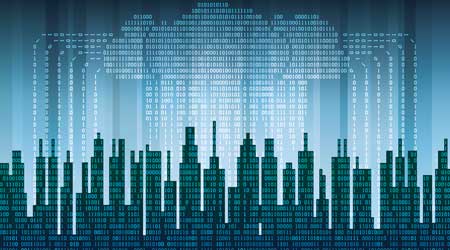What Can the Building Internet of Things Do for FMs?
A dizzying variety of B-IoT options can provide a vast amount of HVAC, lighting, and security information, control, and functionality.
Today, facility managers don’t have to depend on residential grade IoT products to get new capabilities for their buildings. There is a dizzying variety of B-IoT options designed specifically for commercial and institutional markets, ranging from individual sensors to full platforms that aggregate data from diverse building systems. What they have in common is that they use the Internet to enable machine-to-machine communication. Many of these B-IoT providers are technology start-ups that are well-funded by venture capital firms; a few of the most successful have already been acquired by major building automation vendors. With roots in the IT world, these start-ups are well aware of the importance of issues like cybersecurity and data privacy.
“B-IoT based products and services are changing rapidly,” says Michael Osborne, chair of the ASHRAE BACnet committee and firmware manager at Reliable Controls Corporation. “Today, advanced environmental measurement devices provide real-time weather data. There also are sophisticated cloud-based services for energy analytics. Tomorrow could include natural language interfaces in every space and more advanced cloud-based services.”
Common B-IoT offerings include devices for HVAC, lighting, security, etc., that provide human-oriented “web pages” built into the device, notes David Fisher, president of PolarSoft, Inc., a consulting firm that specializes in BACnet software development and training. “These could simply provide information, or in some cases a user interface for making settings and adjustments,” says Fisher.
Edge controller devices can provide proprietary web services that enable enterprise programs to have access to operational data. Edge controllers also can report to or interact with cloud services for managing distributed locations, according to Fisher.
Related Topics:













